

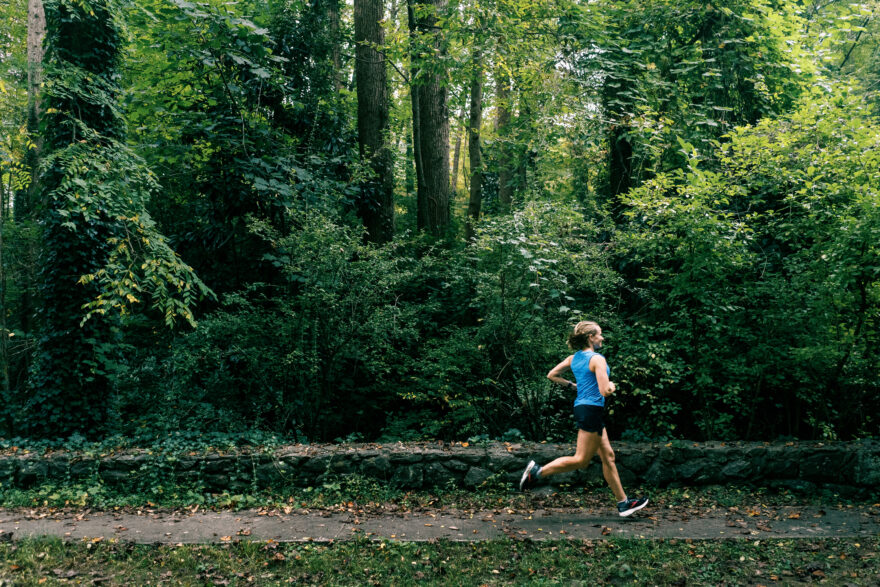
Get the scoop on cross training benefits, straight from a sports doctor, and the best cross training workouts. I also shared how you can improve your running and reduce your risk of injury by adding cross training to your weekly workouts!
If you run, you’ve likely run into an injury, right? IT Band problems. Glute issues. Plantar Fasciitis. Shin Splints. We’ve all been there. These injuries are often caused by overuse and could be prevented by modifying your training and/or adding in cross training workouts.
Whether your primary sport is running, biking, Pelotoning, bootcamping, CrossFitting or doing all the workout things, there are areas of your body that get neglected by doing that workout and other areas that get overused. And that’s particularly where cross training can come in handy.
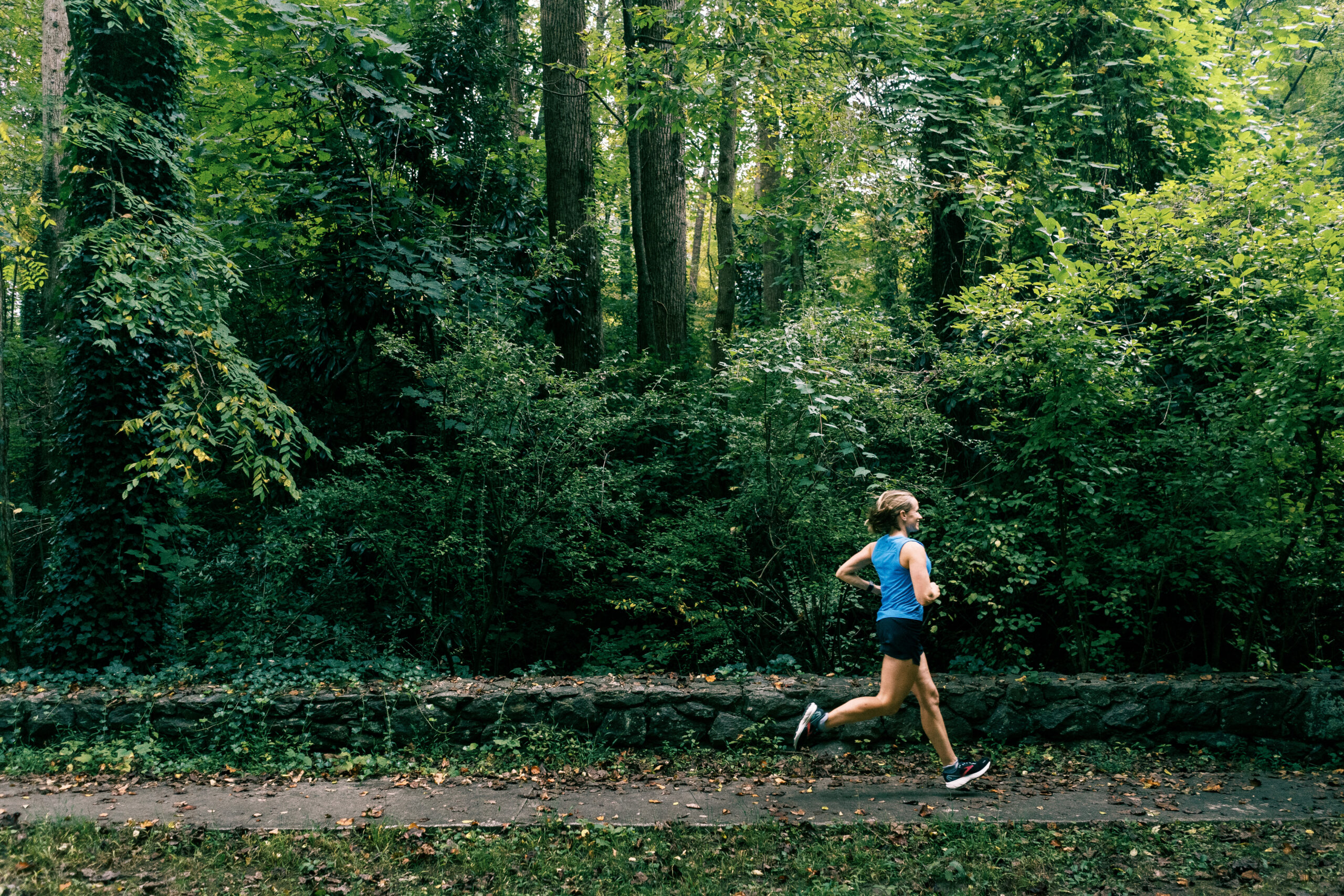
When you hear “cross training”, you might think about cross training employees to help with tasks at work when someone is out of the office or needs back-up. But that’s not what we’re talking about today. Today, we’re focusing on cross training workouts! And cross training is simply doing a different workout than you normally do. So if you’re primarily a runner, cross training is anything that’s not running.
Depending on your main type of workout, there may be different types of cross training involved to benefit you the most. We’ll dig into that in this post! But first, let’s address why cross training is important.
I know the importance of cross training first hand. When I was struggling with plantar fasciitis, cross training became one of my main roads to recovery.
I spoke with Dr. Patrick King from Novant Health about the benefits of cross training and it was so helpful to hear his perspective. A lot of times we know we should or shouldn’t be doing, but we just need someone else to call it out for us. And better understanding WHY makes me much more likely to implement something!
When you’re doing the same kind of workout day in and day out — let’s say running — you’re constantly using the same muscle groups and the same dynamics in your gait.
You start to get in to a comfortable zone. Your muscles get strong in those areas. You get better at running, and your body finds ways to cut corners — knowingly or unknowingly — to become even faster and more efficient, Dr. King shared.
The problem is while you’re getting really good at one thing, you are neglecting other muscle groups, again, perhaps unknowingly. Imagine if you only lifted weights with one arm. The other arm would be weaker, of course. Cross training makes up for those little errors in our training where we’ve cut corners.
Continuing the analogy, in order to be strong as a whole, we’d need to lift with both arms…and also not forget other parts of our body that are important for building arm muscles (back, shoulders, core). It all works together. The same applies with any type of workout and any body part.
Dr. King suggests shifting your thinking from “I’m getting so fast and my legs are strong” to a bigger picture question, “How is my overall strength in all areas?”
Because without that balance, you set yourself up for chronic overuse injuries. Overuse injuries are SUPER common among all athletes, but especially so with those who participate in just one activity and/or specialize early (e.g. high school athletes).
Let’s dive into what overuse really is.
If the breakdown of your body is greater than the repair process, an overuse injury will occur. This happens over a period of time, pretty slowly. And you usually don’t realize what’s happening until it’s really bad, and by that time, it’s hard to deal with.
Dr. King pointed out that we aren’t just talking about muscle groups. We’re talking tendons, muscles, bones and even joints. All of those areas can be prone to overuse injuries.
A good rule of thumb is to remember the 4 basic principles of training:
When you try to rapidly increase one or many of those (e.g. increasing mileage AND adding speedwork into your workouts), you’re more likely to run into overuse injuries. If you try to return to workouts or a specific level of fitness too quickly after an injury, again, overuse injuries may flare.
When I was training for the 2018 Boston Marathon and also still trying to do CrossFit regularly, overuse injuries starting flaring like crazy – hamstring tendinopathy, plantar fasciitis, lower back issues, quad strain, you name it. That’s part of the reason I quit CrossFit.
There are some modifiable factors involved in overuse injuries, and some that can’t be modified.
Non-modifiable factors include, for example, having a prior injury or women who are at an increased risk of tendinopathy. Those are simply situations that can’t be changed. Facts.
Modifiable factors include imbalances (e.g. too focused on one thing, unbalanced muscle strength, etc.), biomechanics (e.g. overstriding), and your training load (e.g. doing too much too fast).
The things that are modifiable are what we need to focus on.
Anything that isn’t your primary activity is considered cross training. So if you’re a runner, the Peloton is cross training. If you’re a bootcamper who never runs, an easy run is considered cross training. And so on.
However, there are certain activities that are universally accepted as cross training workouts since they’re all low-impact and strengthen often-neglected muscles, including:
Like almost anything in life, you’re more apt to continue cross training if you are doing something you like. It’s really easy to stop when you’re miserable. So pick an activity you enjoy and incorporate it into your workout routine each week.
I personally HATE biking unless it’s on the Peloton – away from cars and without the risk of falling off – so outdoor cycling will never going to be my cross training pick. And while I’m not a strong swimmer at ALL (i.e. I failed swim lessons as a kid three years in a row), I’ve taken water aerobics classes and really enjoy them.
These days, I’m loving Pilates classes at my local studio. The time with friends is great for my mind, and the workout is SO hard in the best way. It’s challenging my body in ways that running and strength training can’t!
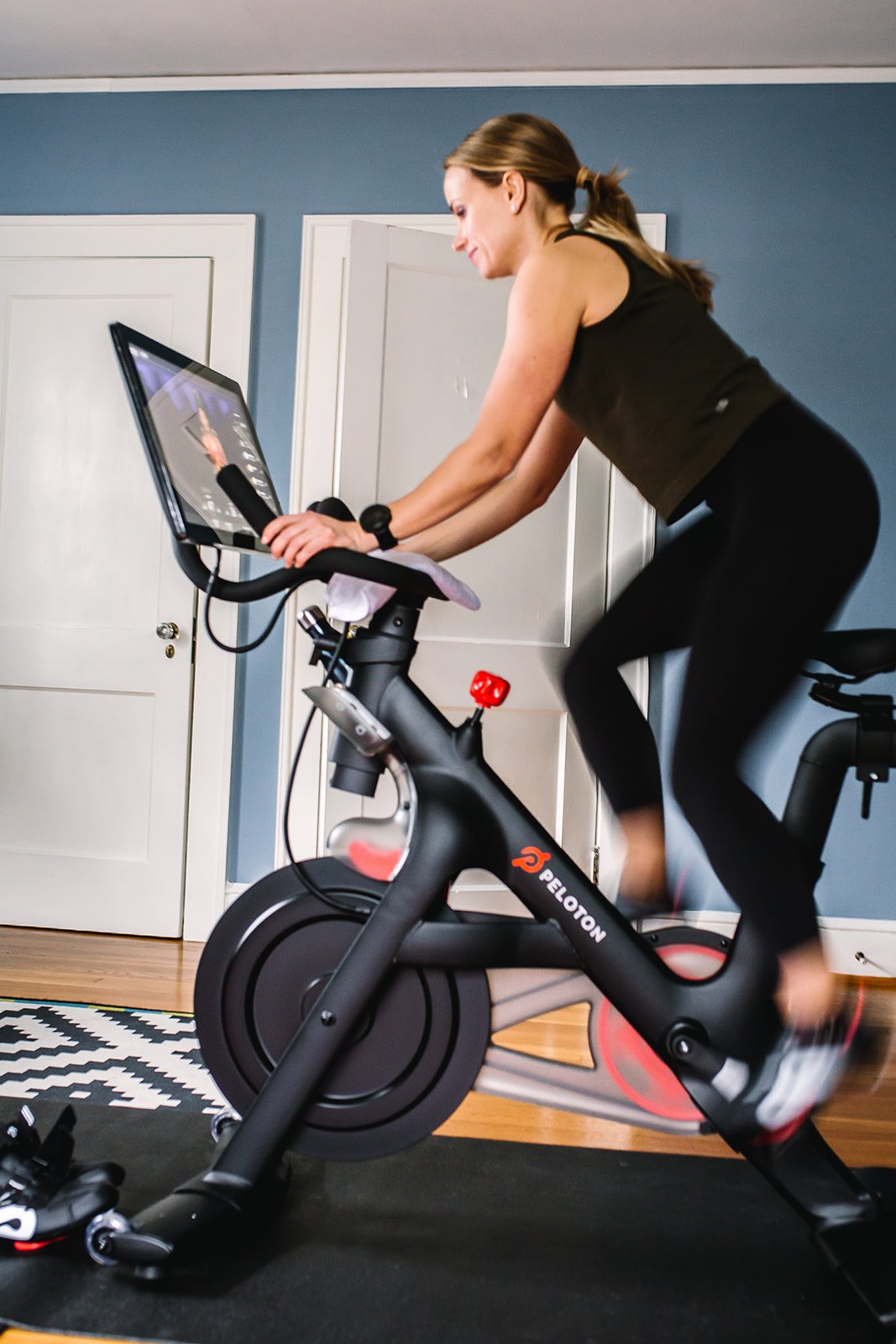
But yoga, hiking and strength training are my FAVORITE activities when I’m not running – bonus points that they’re also great cross training! I also love taking my son on walks – pushing the stroller in our hilly neighborhood is a workout!

shoes | shorts | watch | backpack
It certainly can.
If you get injured less, that’s more uninterrupted time in your training to make progress.
If you strengthen your glutes and hamstrings, you’ll power up hills better, which will help you run faster on a race course that’s not pancake flat.
When you’re 10 miles into a half marathon or 22 miles into a marathon, all sorts of muscle groups start to fatigue. Shoulders, core, hips. If you can strengthen all the muscle groups (not just your quads!), your form will hold up longer, which will help you run faster for a longer period of time.
When I think back to times when running felt a bit more effortless, I was doing yoga or CrossFit or bootcamp. Yes, I’ve had PRs since I’ve removed those from my workouts, but I had added in lots of hip, ankle and core stability exercises. But is there room for improvement still? YES.

I could definitely be more consistent with yoga (and with cleaning my yoga mat!!) and adding CrossFit back into my routine would likely be beneficial – in moderation. I’ve recently started Pilates classes and they have been AMAZING for me. It’s unreasonable to want to train for a marathons at a high level and also hit deadlift or back squat PRs at CrossFit each time (which, of course I wanted to do).
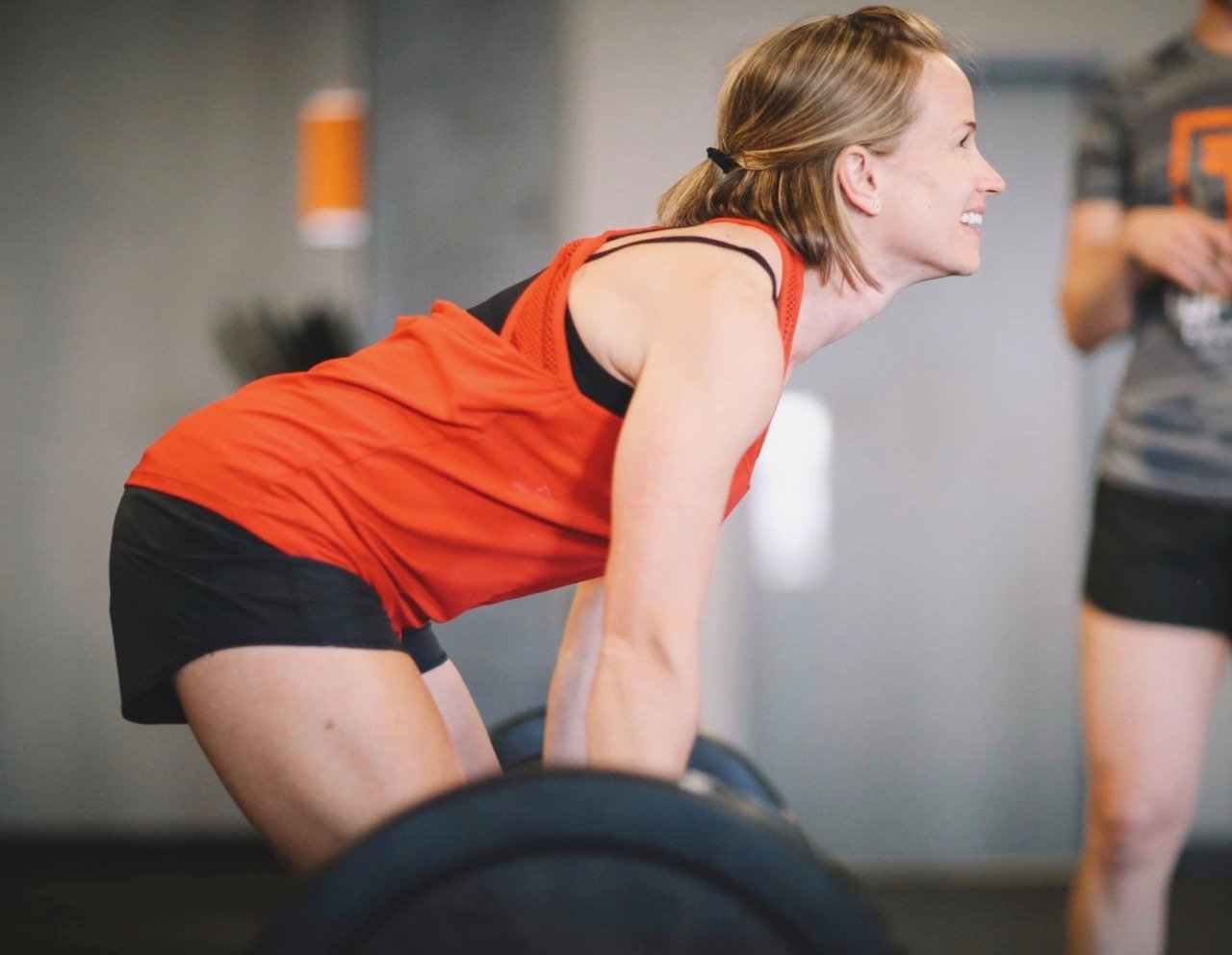
Look at the BIG picture.
For most people (unless your job depends on running a fast marathon!), the biggest thing is enjoying fitness and good health for as long as possible. And cross training plays a role in that.
The goal is to find something you enjoy. Think 20 to 40 years down the road when may you have arthritis… you may not be able to run or bike or whatever at the level you’d like. So make sure you find a cross training activity you enjoy to help supplement your true workout love if you have to reduce activity.
My biggest challenge is TIME. All things considered I would pick running over anything else and there is only so much time in a week to work out. But, if I schedule a cross training workout on my calendar like any other meeting, I’m much more likely to do it – so I do that every Sunday! My go-to’s these days are strength training (on my own, not at CrossFit) and Pilates! I’ve really enjoyed the Peloton yoga classes!
Note: This post was originally sponsored by Novant Health in 2019. I’m republishing with some updates and without a sponsorship because I think it’s such an important topic.
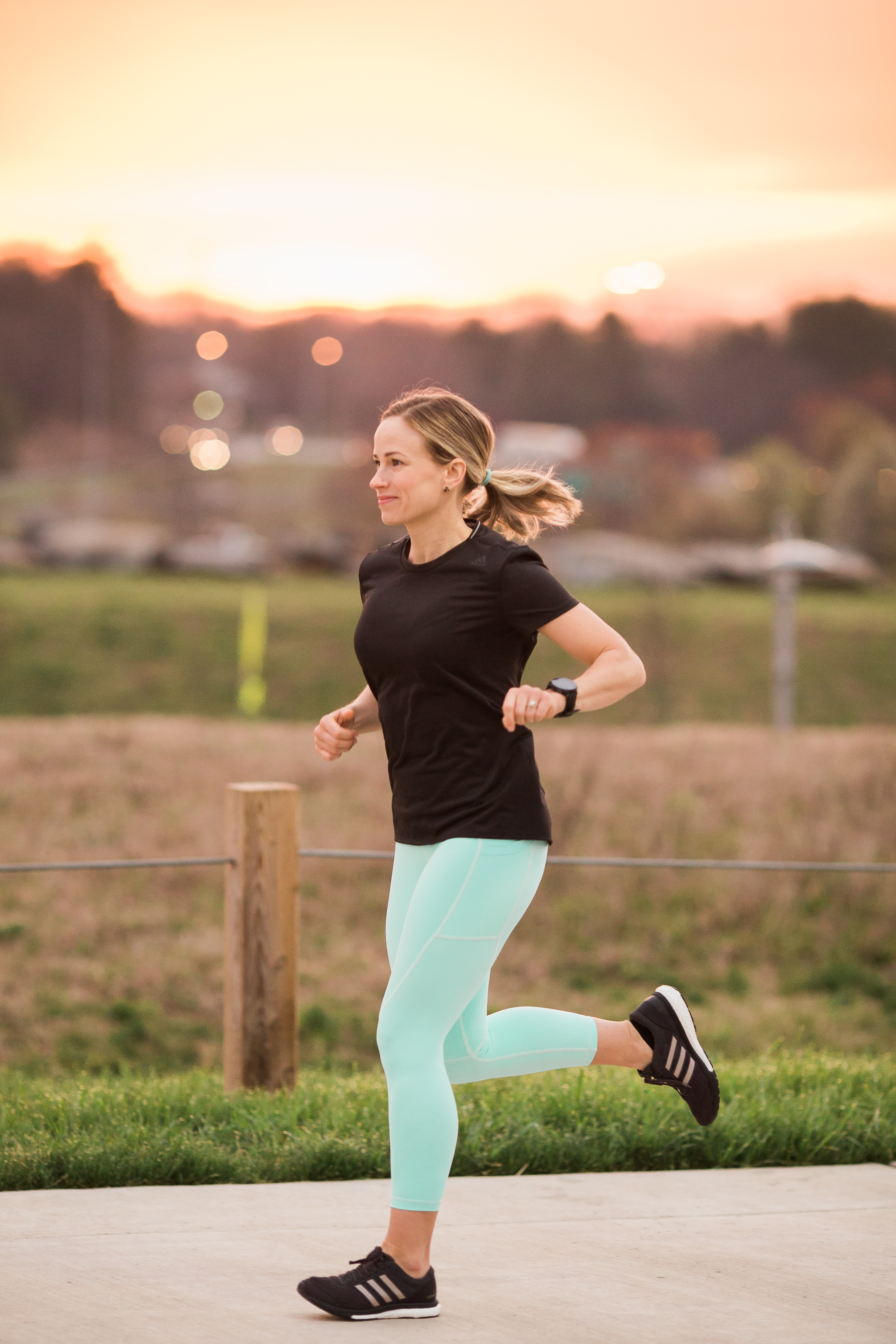


Leave a Comment
4 responses to “Cross training: what it is, how it helps and the best kind”
My XT of choice is definitely swimming now, but my boyfriend and I go on long bike rides when we can. I do yoga daily in some capacity, usually restorative and gentle varieties now, and the elliptical has become less of a chore since it ultimately allowed me to train during my failed Big Sur training cycle (I credit that machine for helping me finish the marathon!)
My husband, daughter and I started biking when everything shut down. Imagine my surprise at how it impacted my runs. I’m running further and faster than every before. I’ve always been active (lifting, hiking, tennis), but changing it up really made a difference as well!
That’s awesome!!!
Love this article! I definitely agree that cross training is much more beneficial than the typical running machine or fitness class. This is a much more focused workout. Thank you for sharing! I’ve made such a big improvement in my fitness since starting!